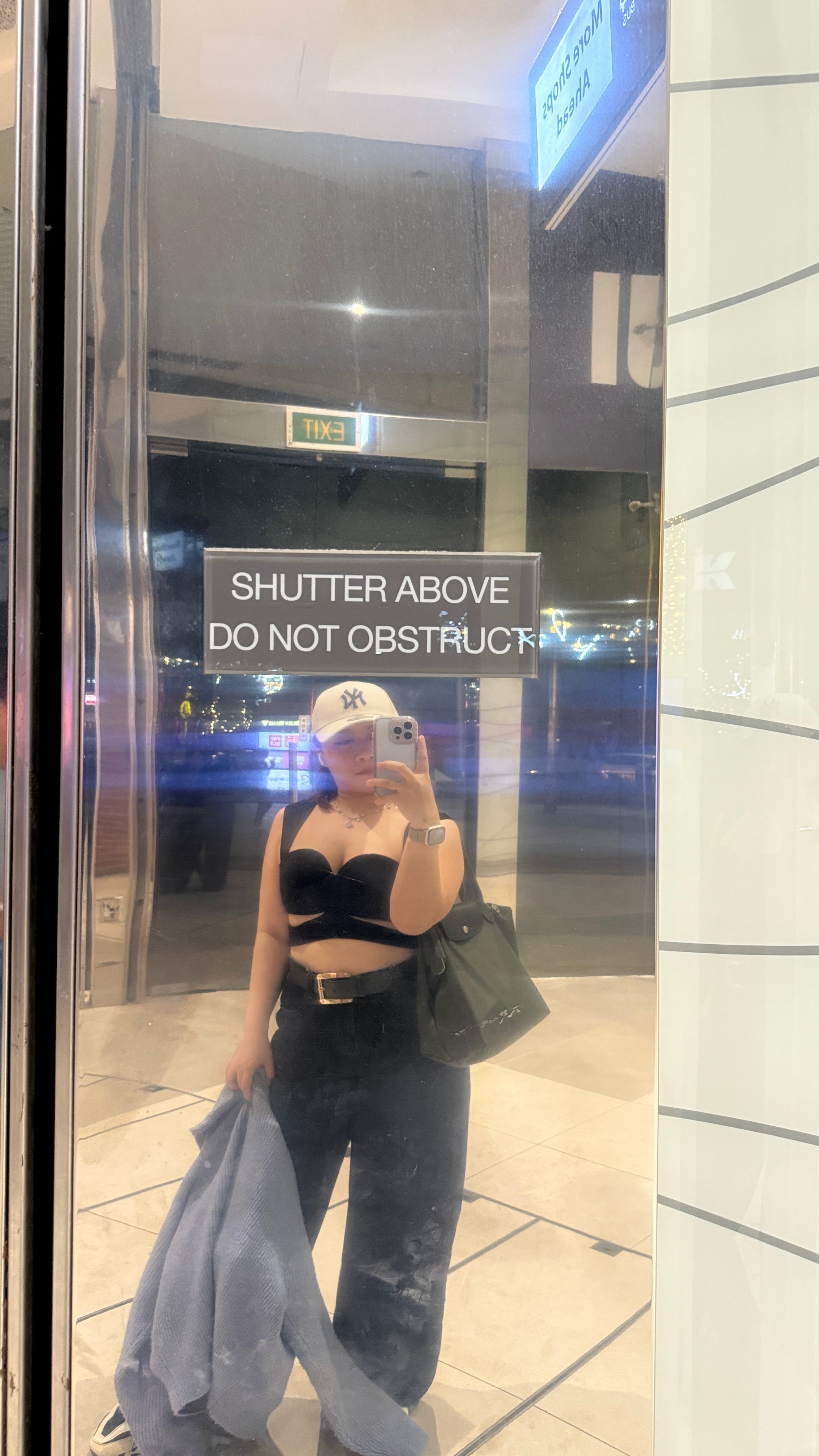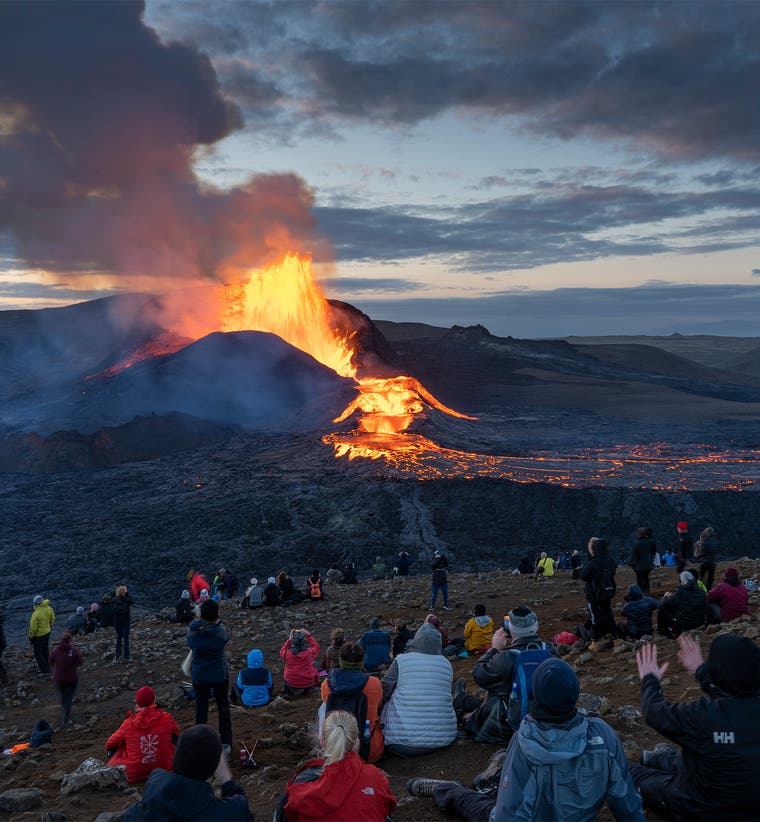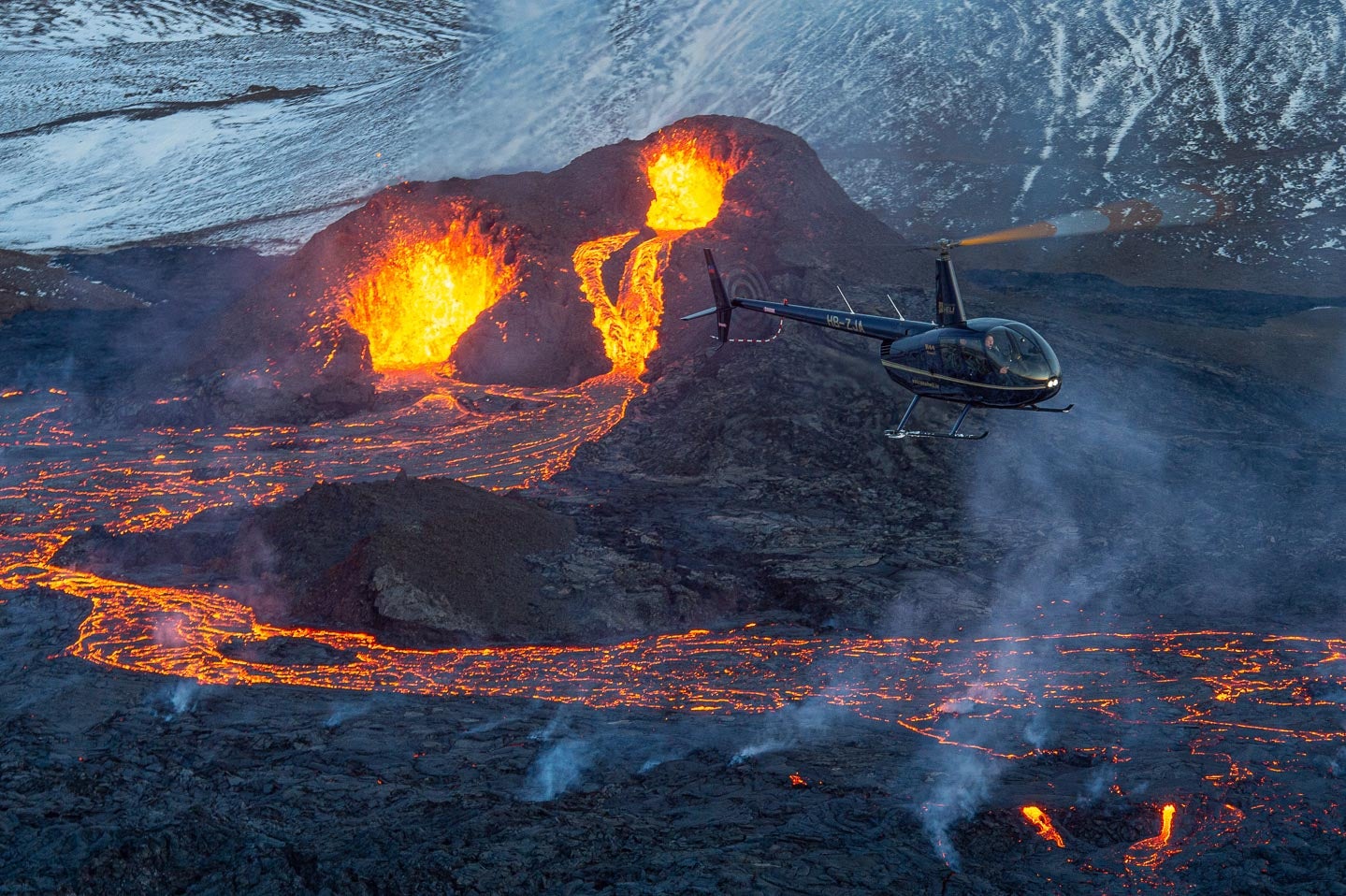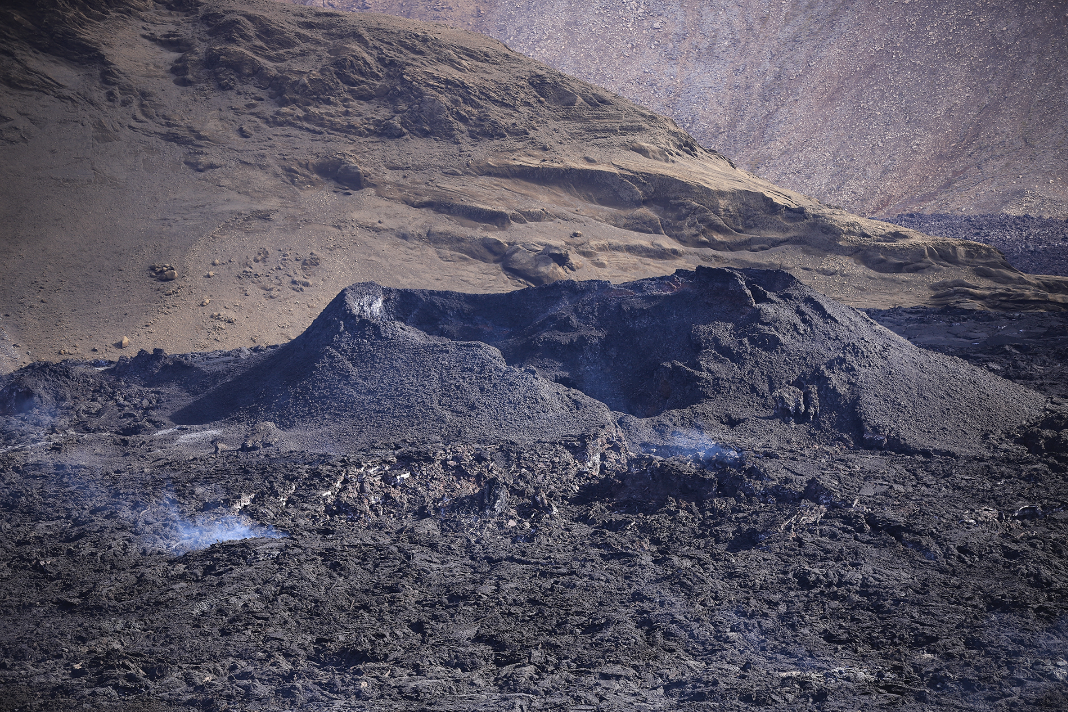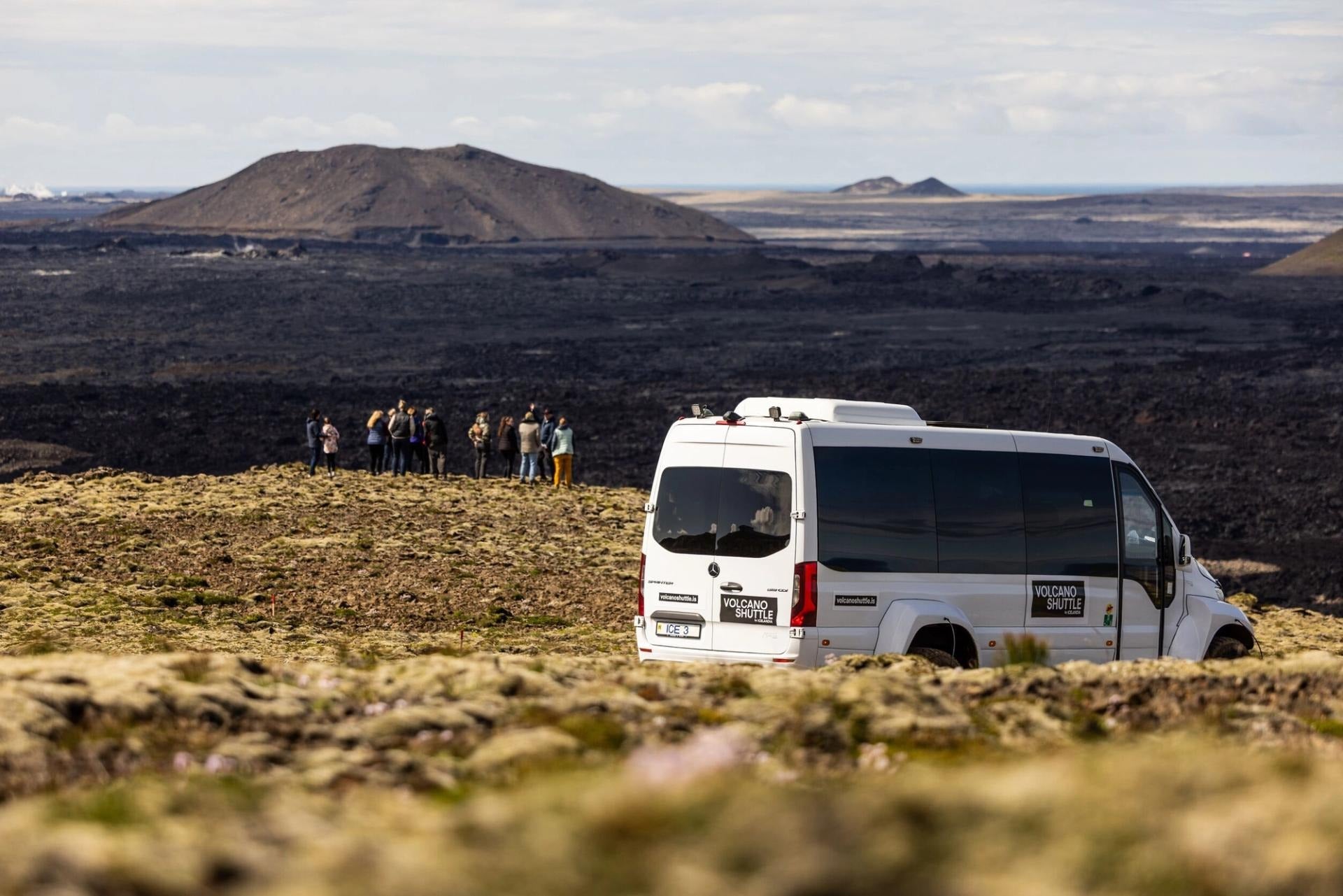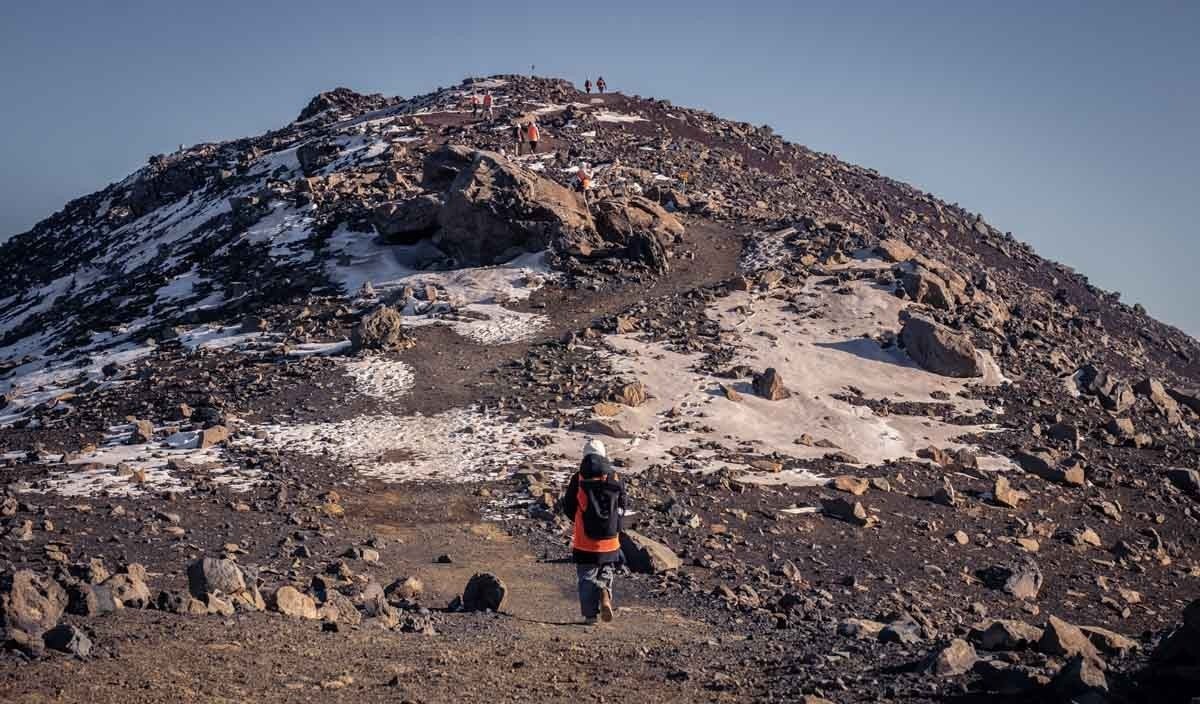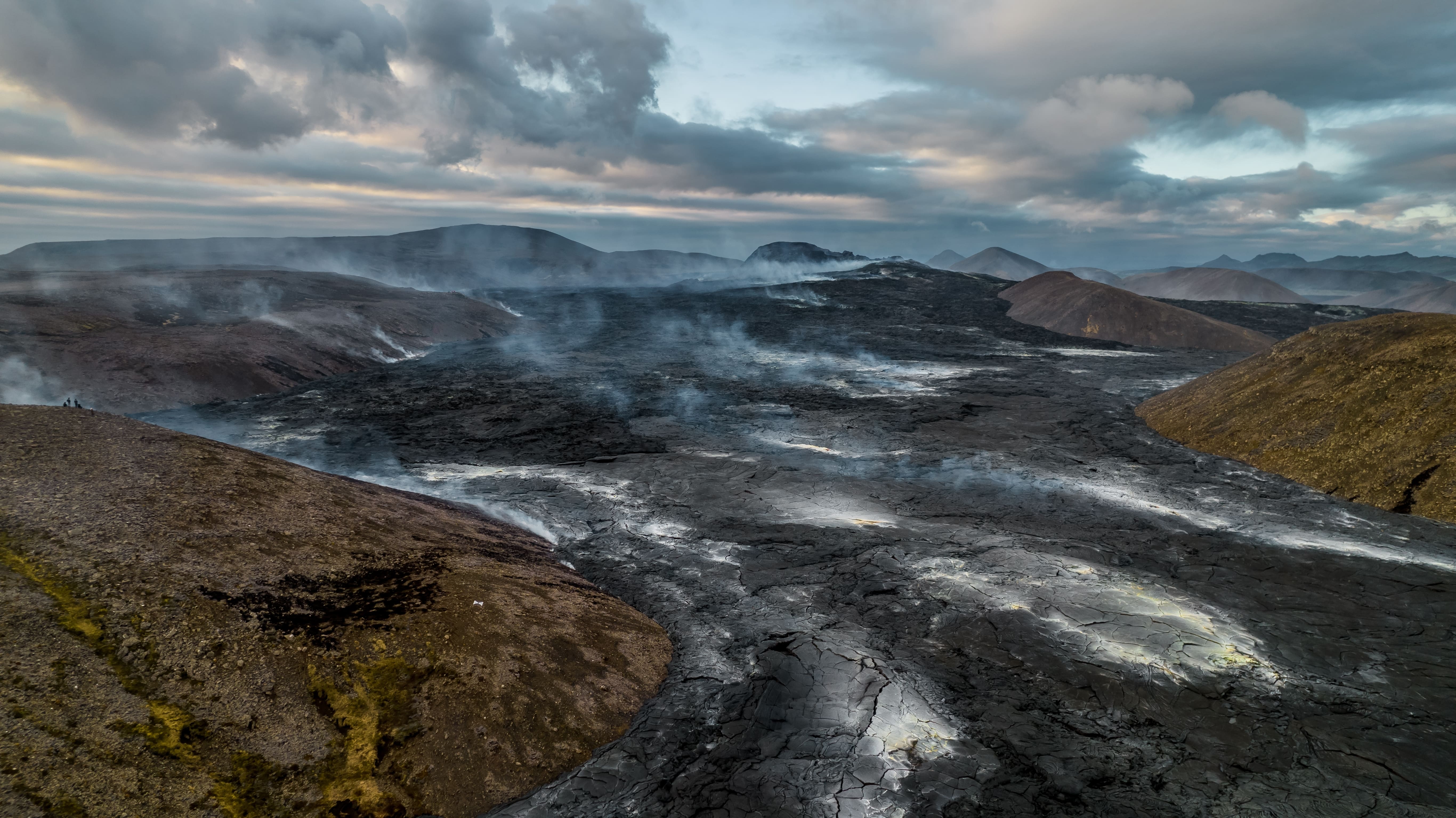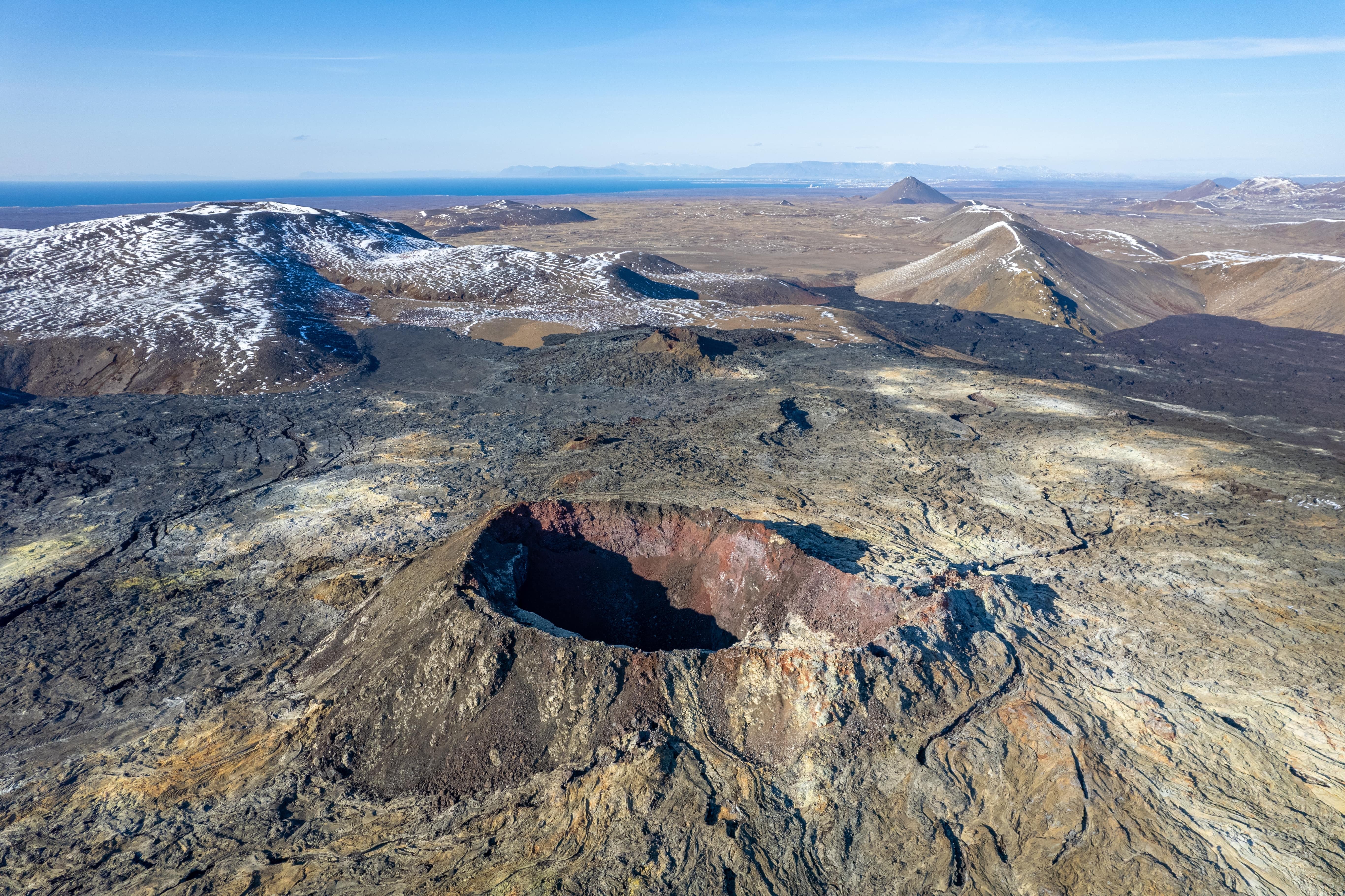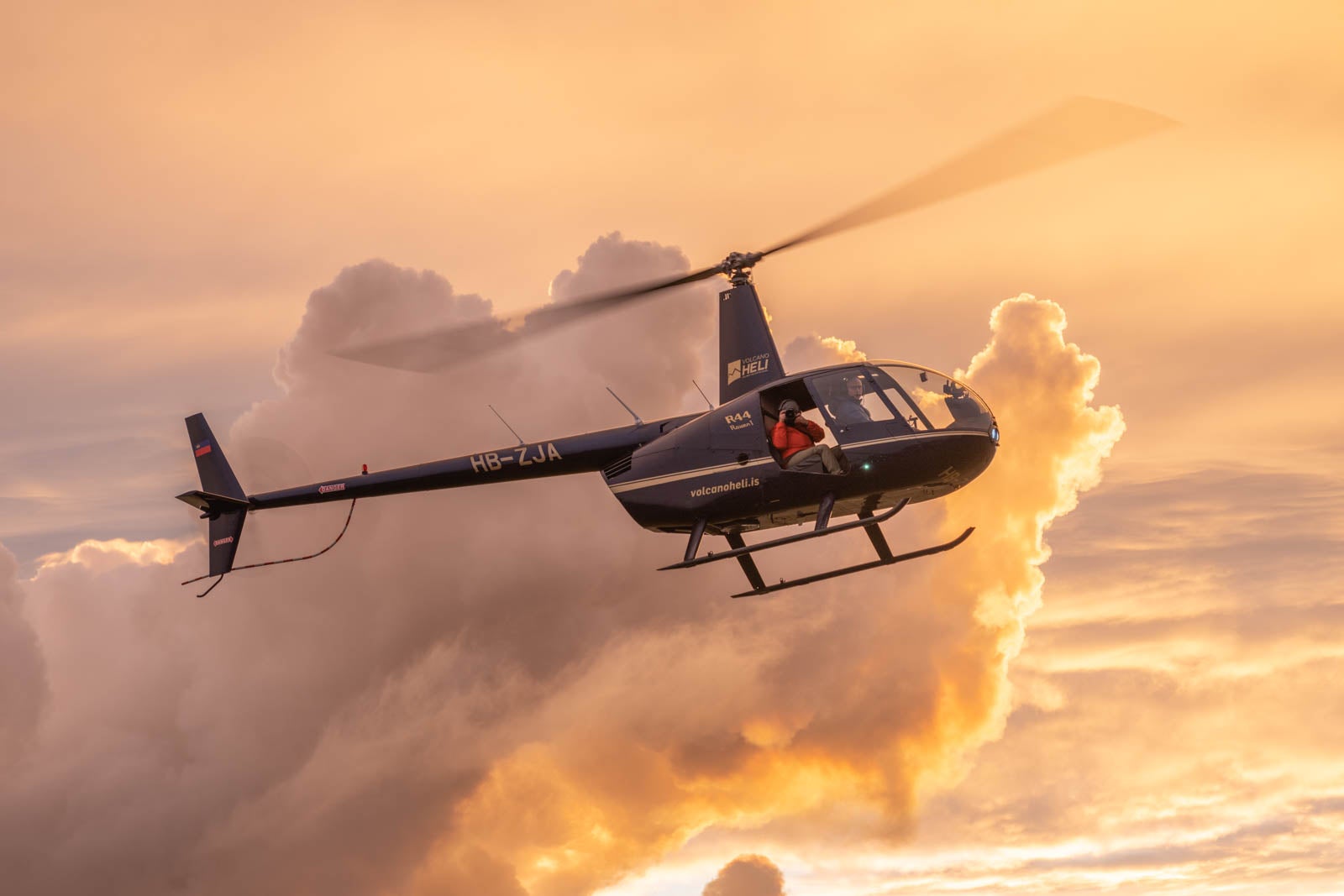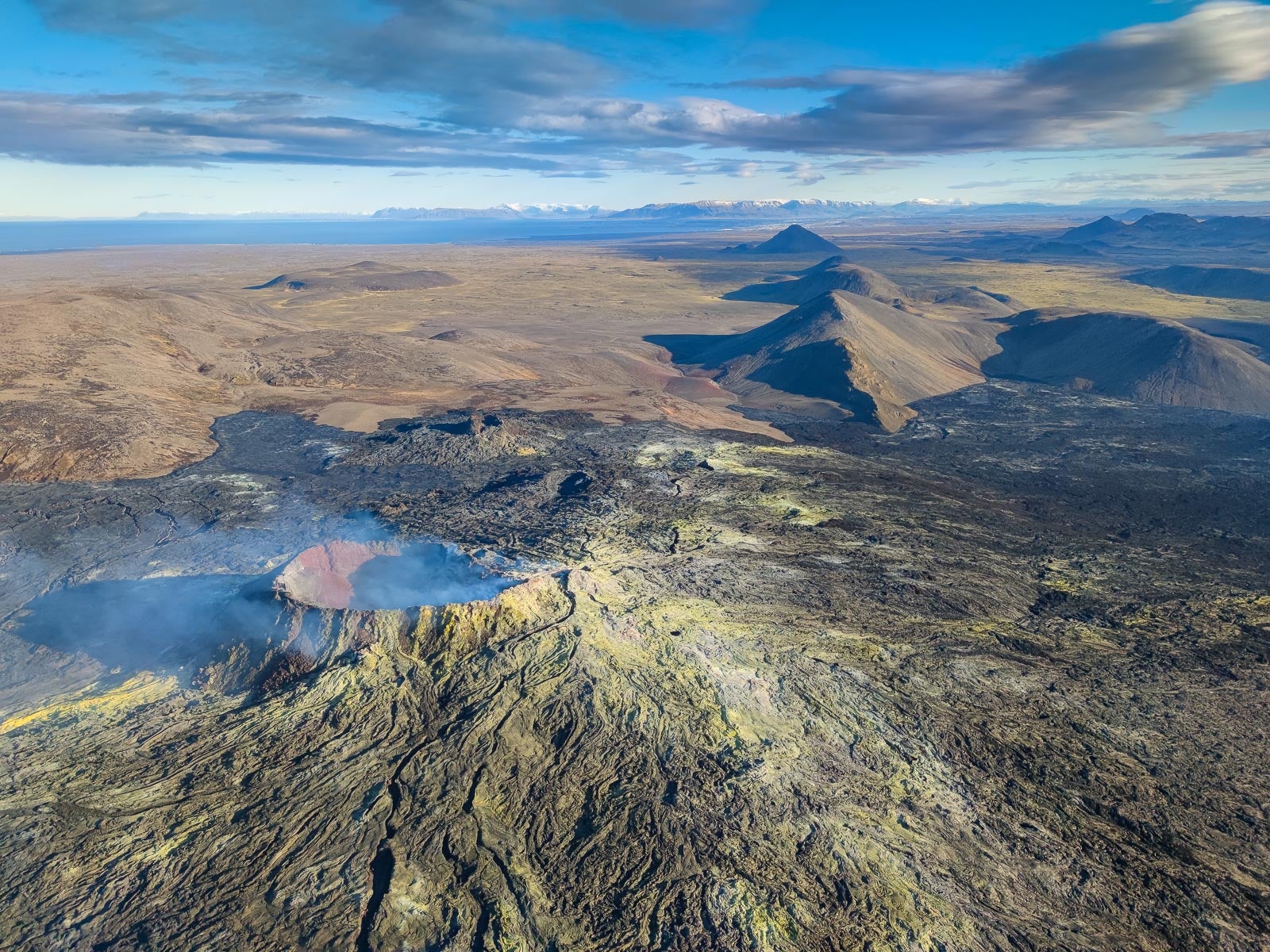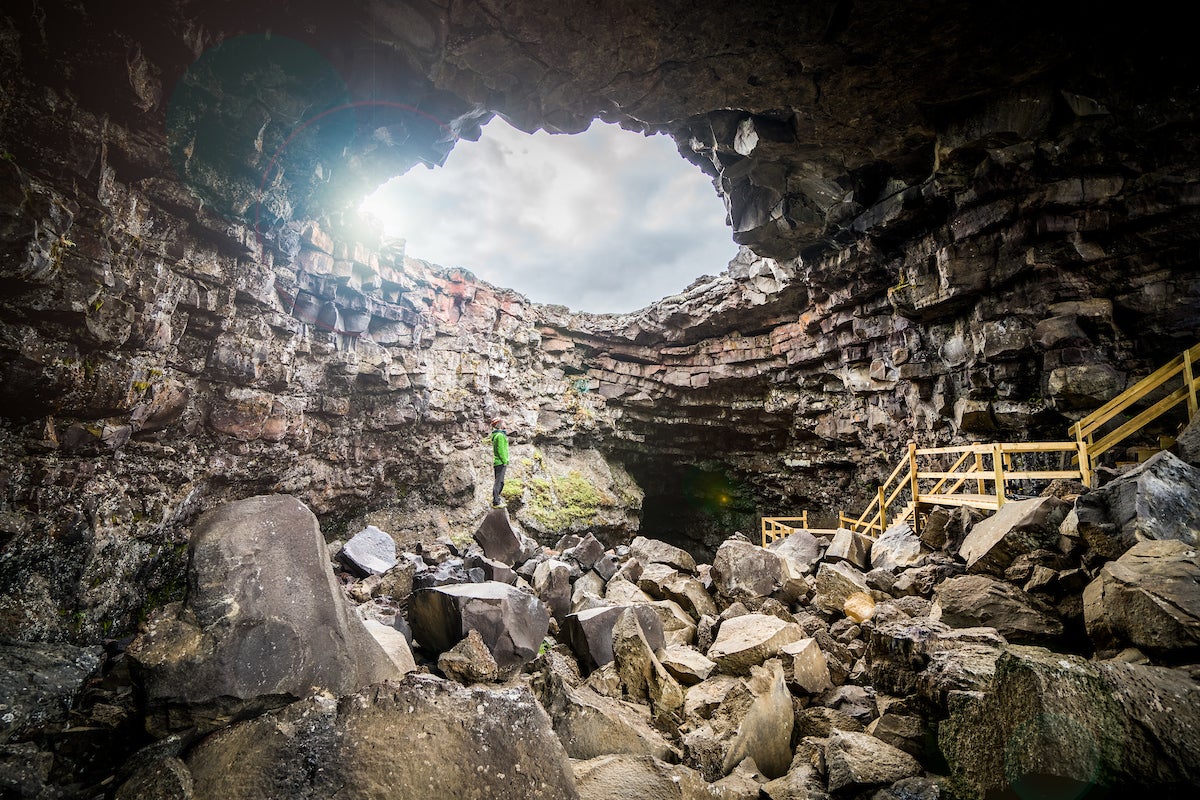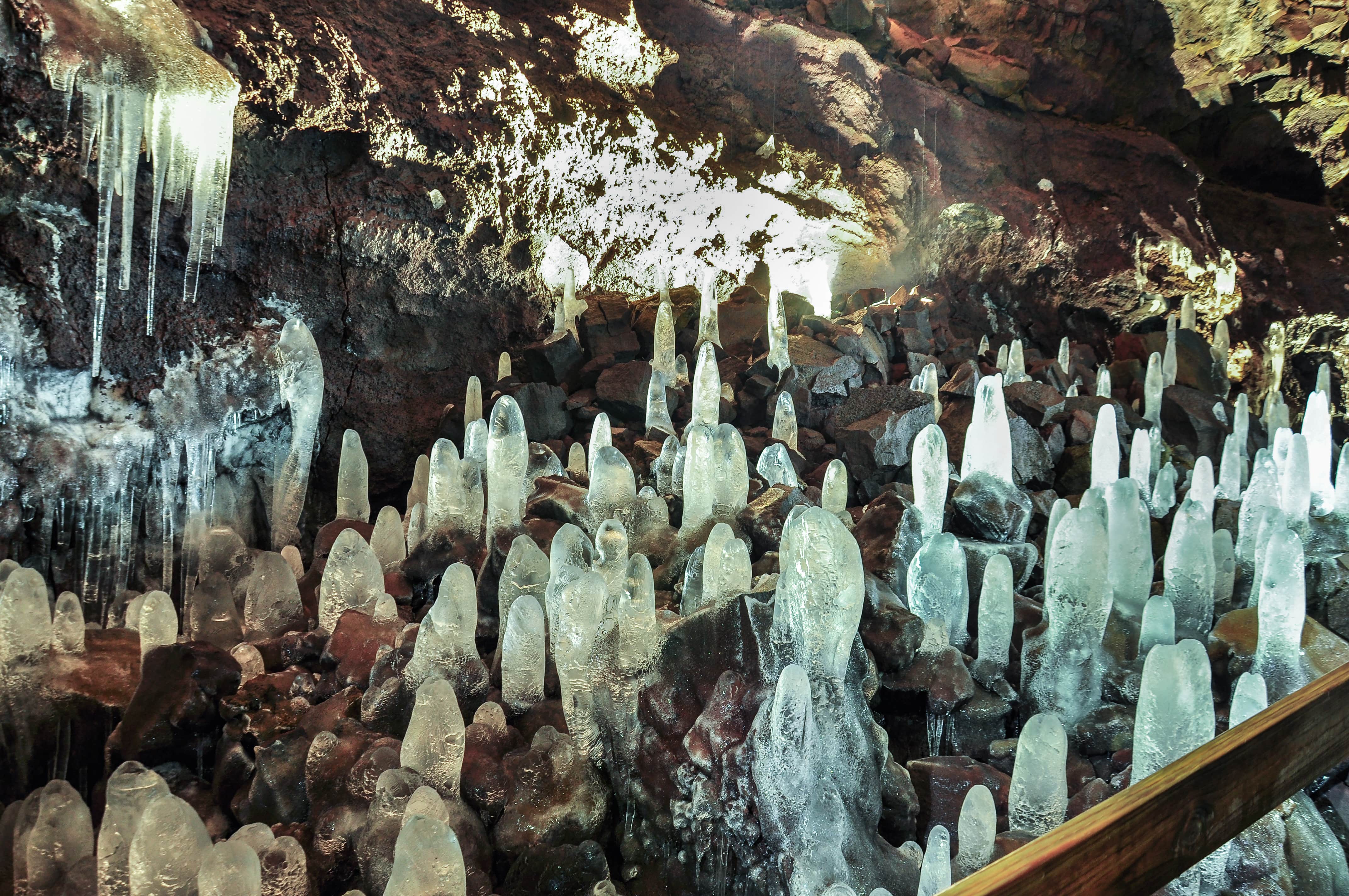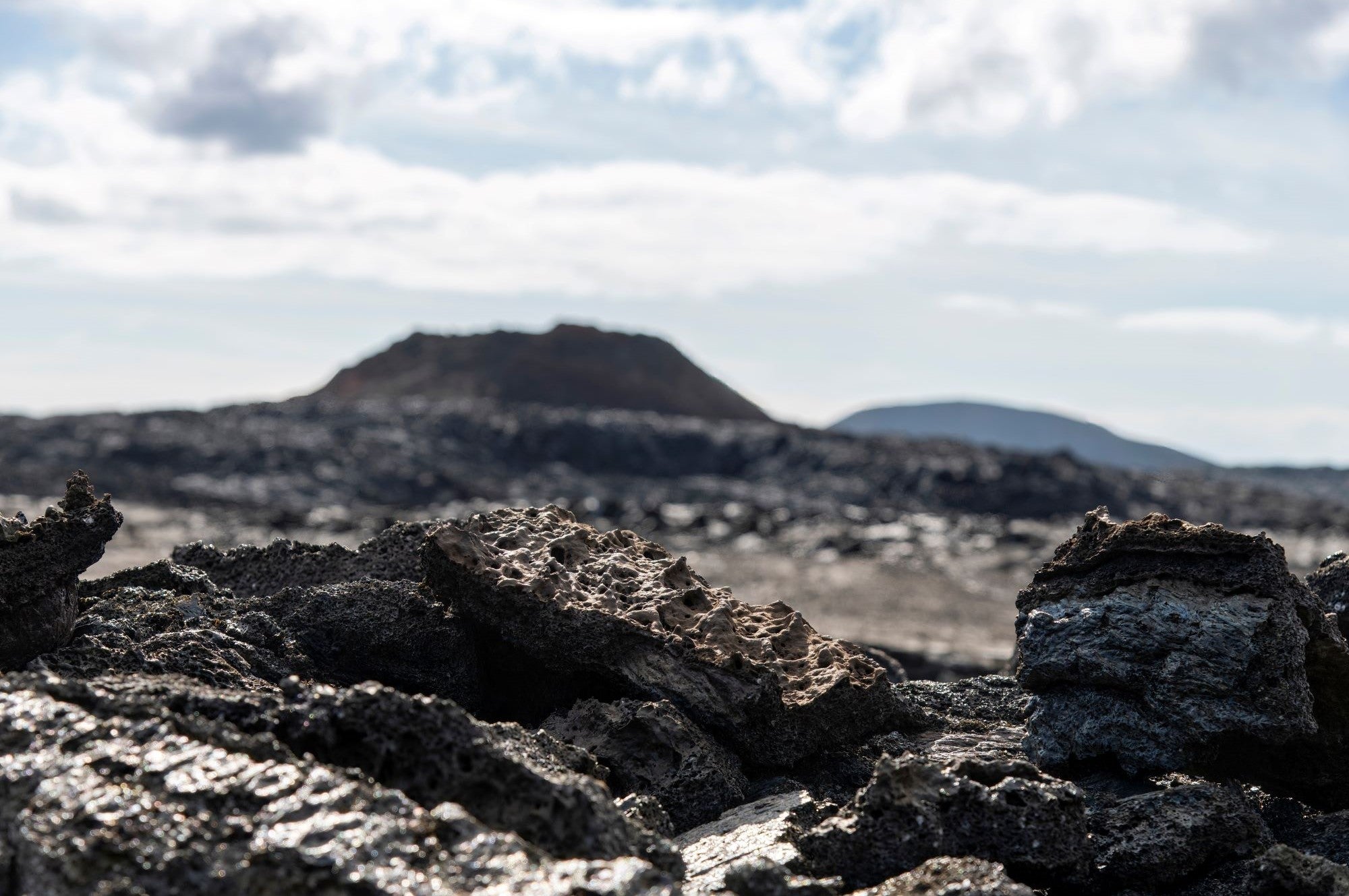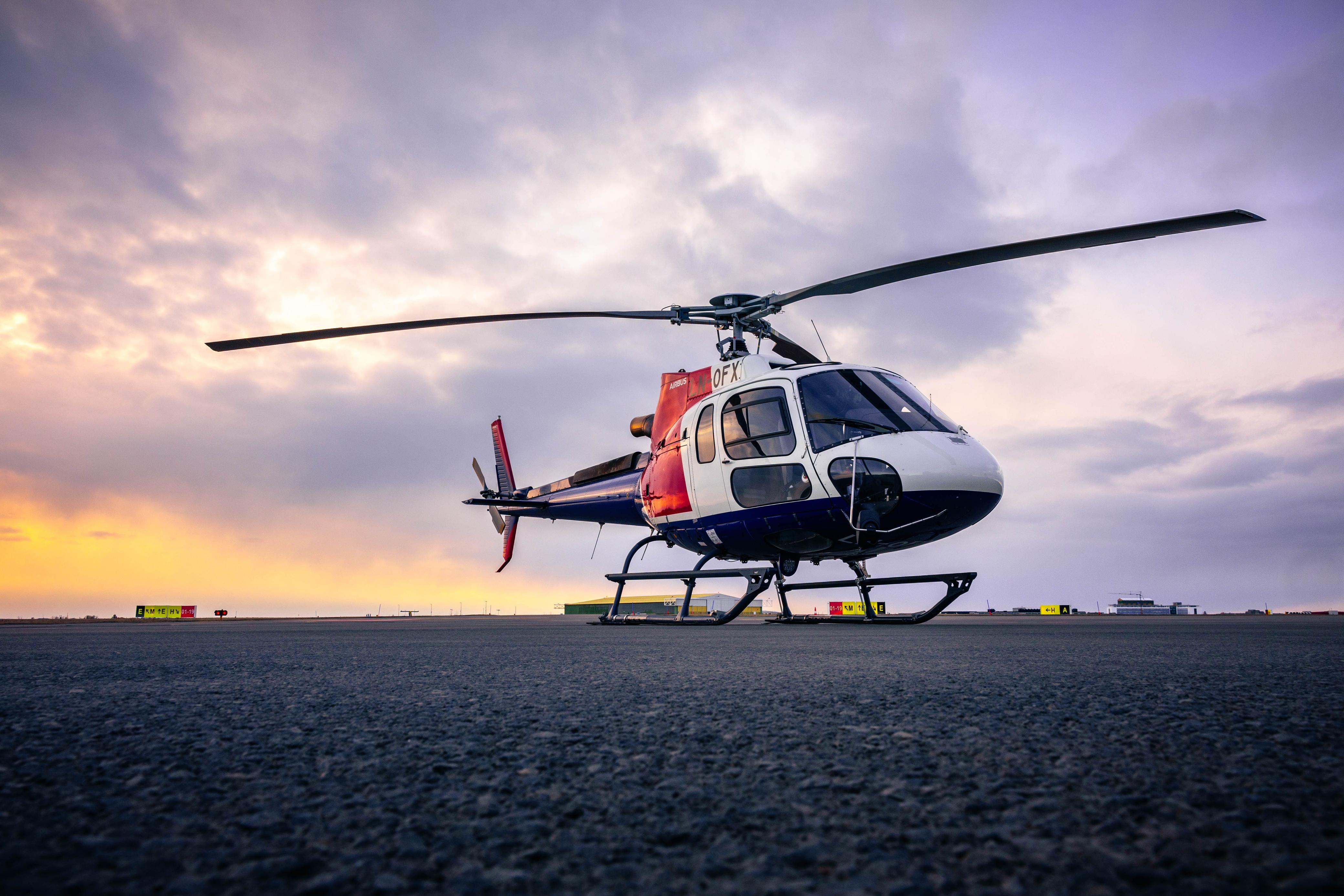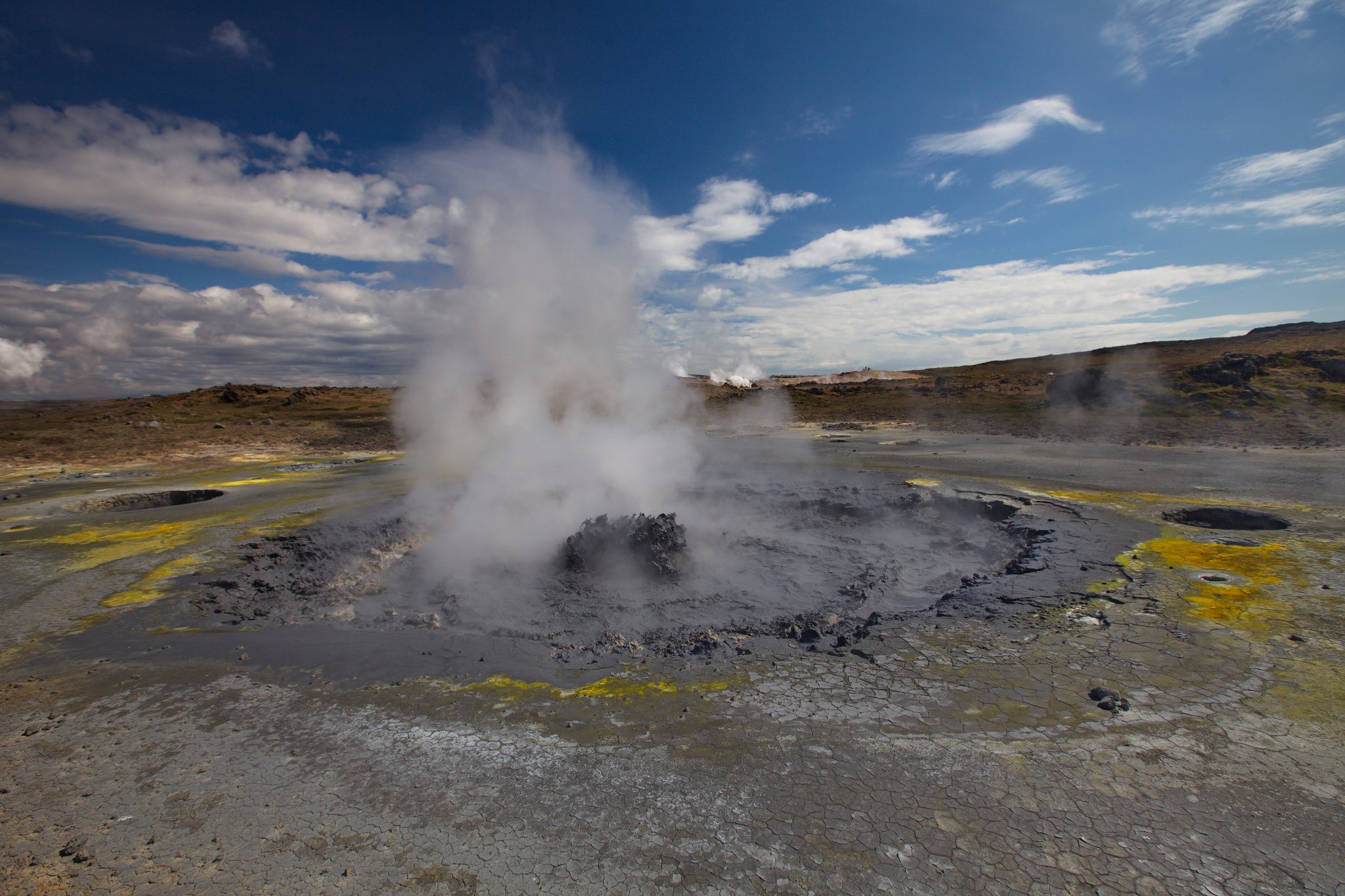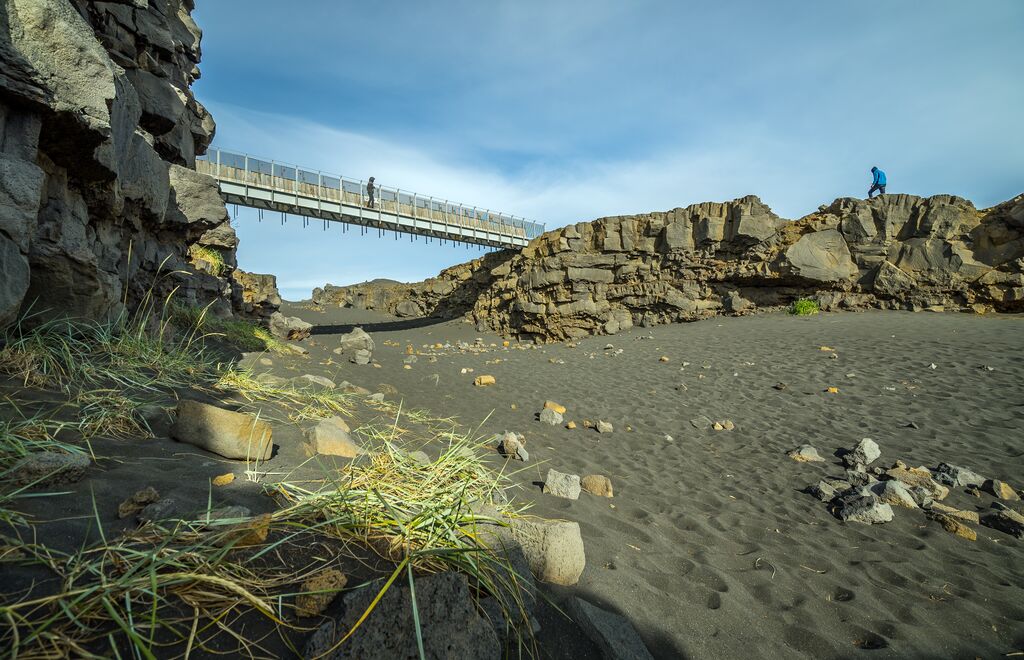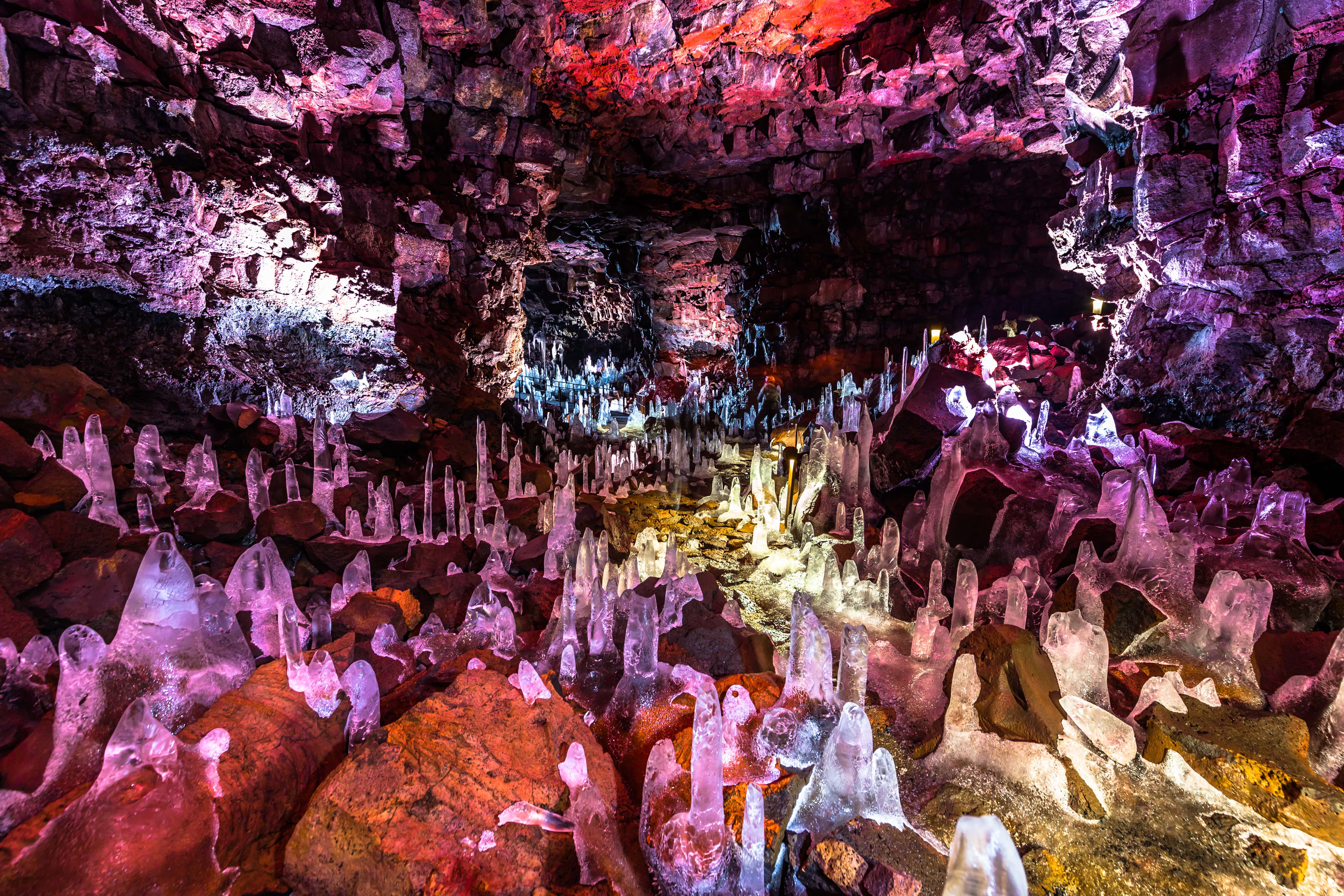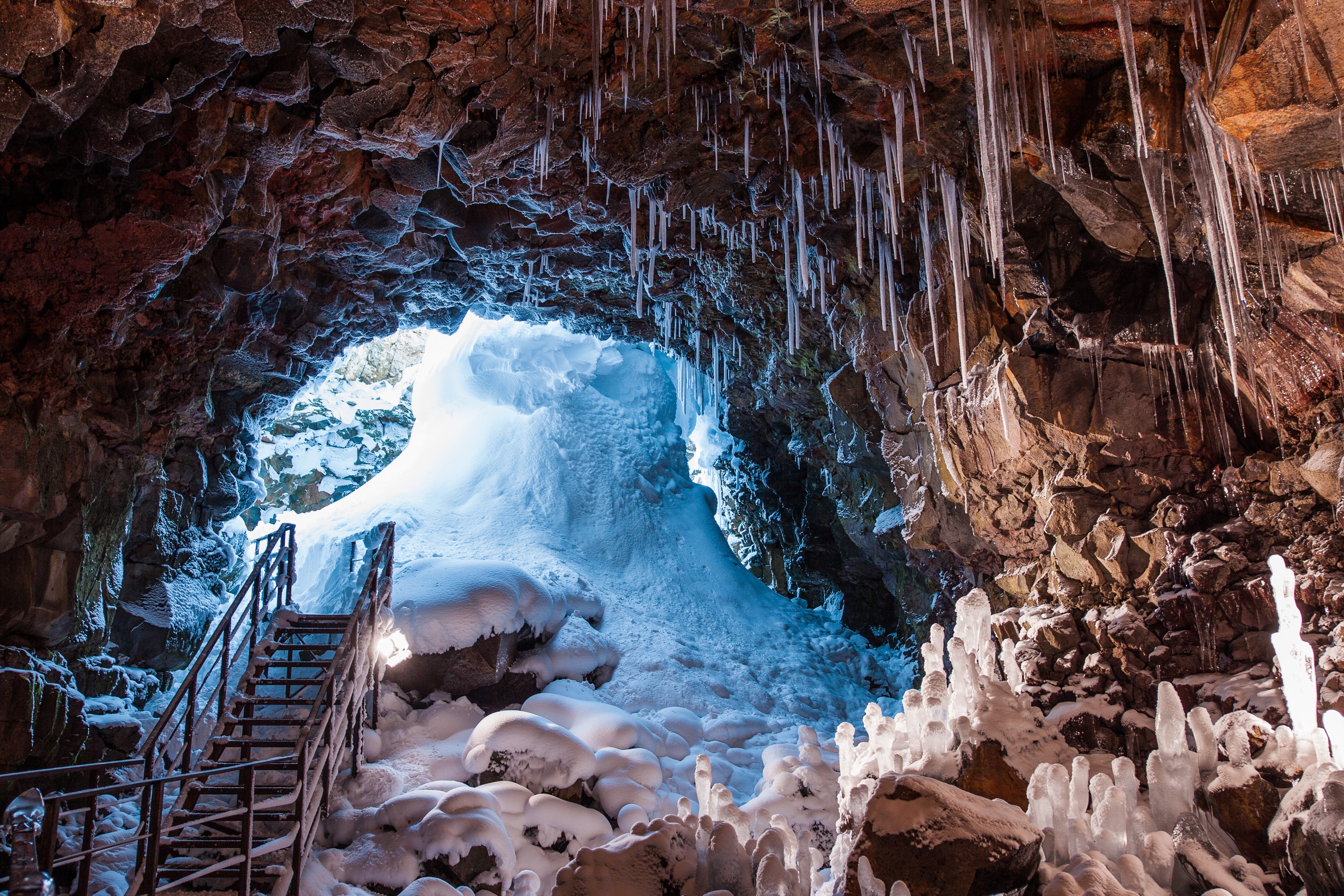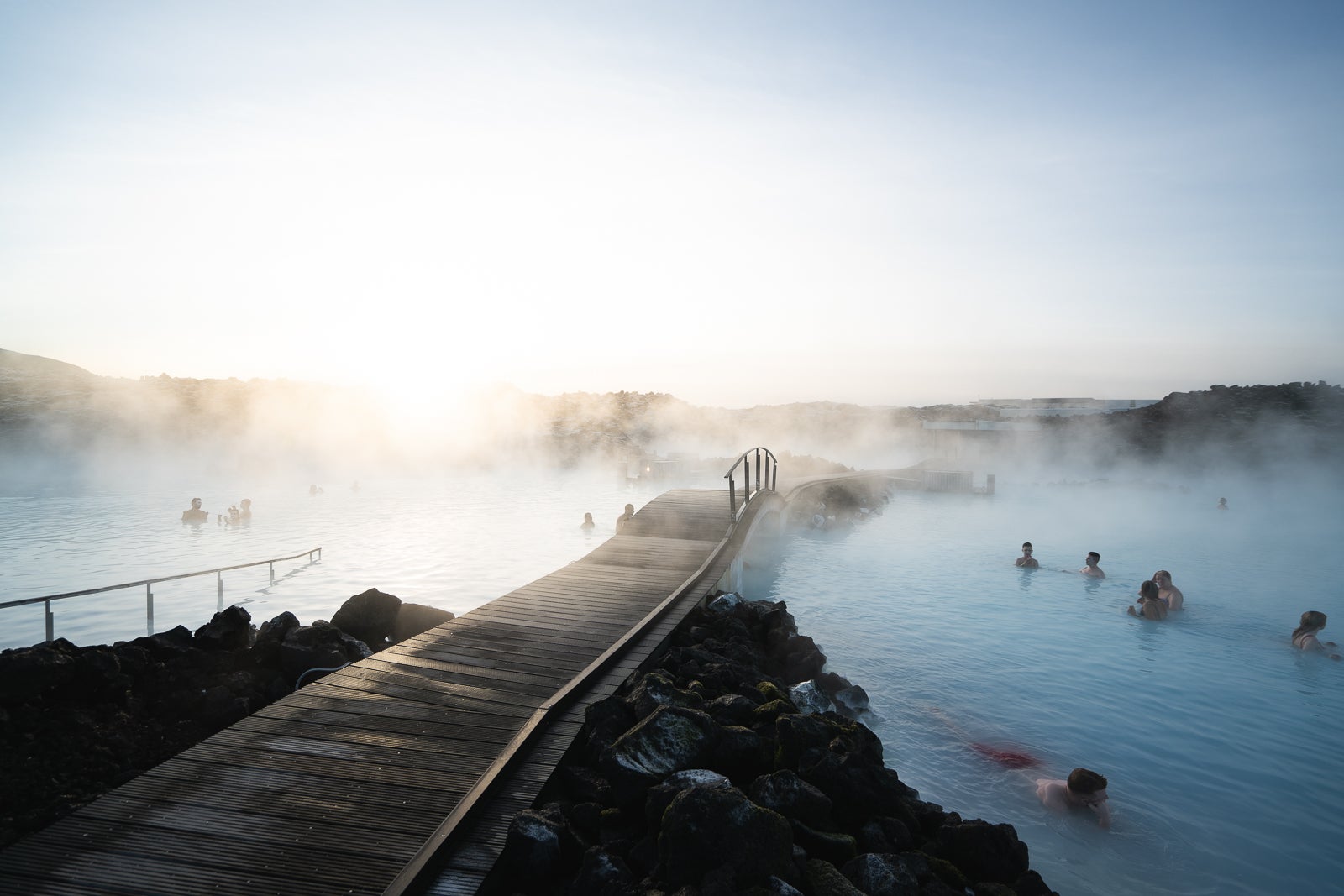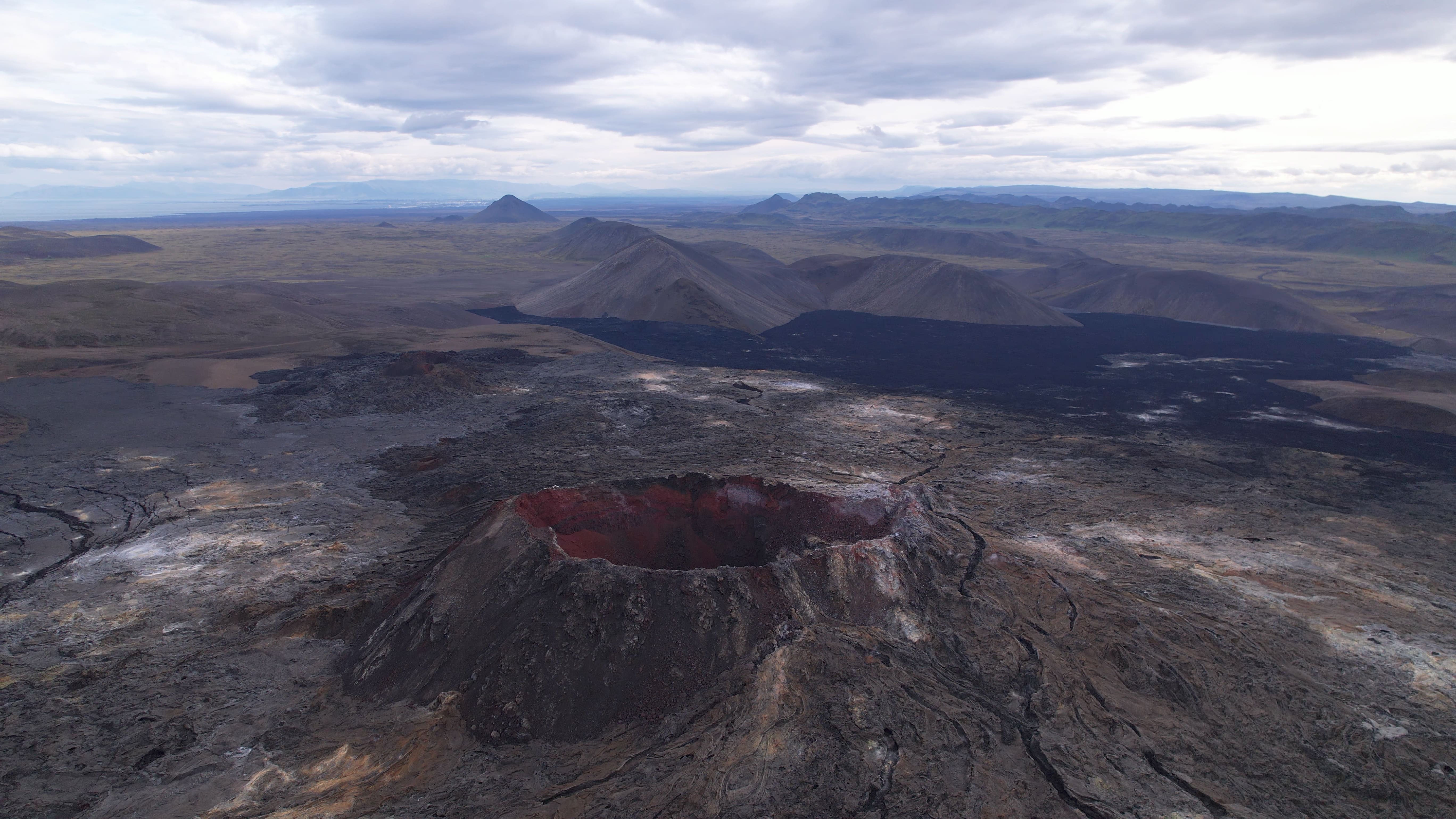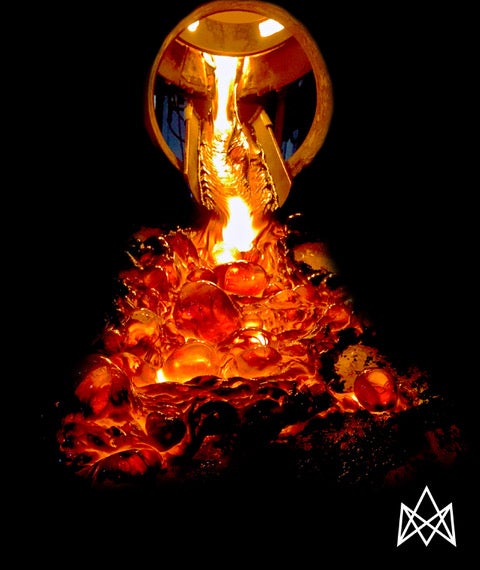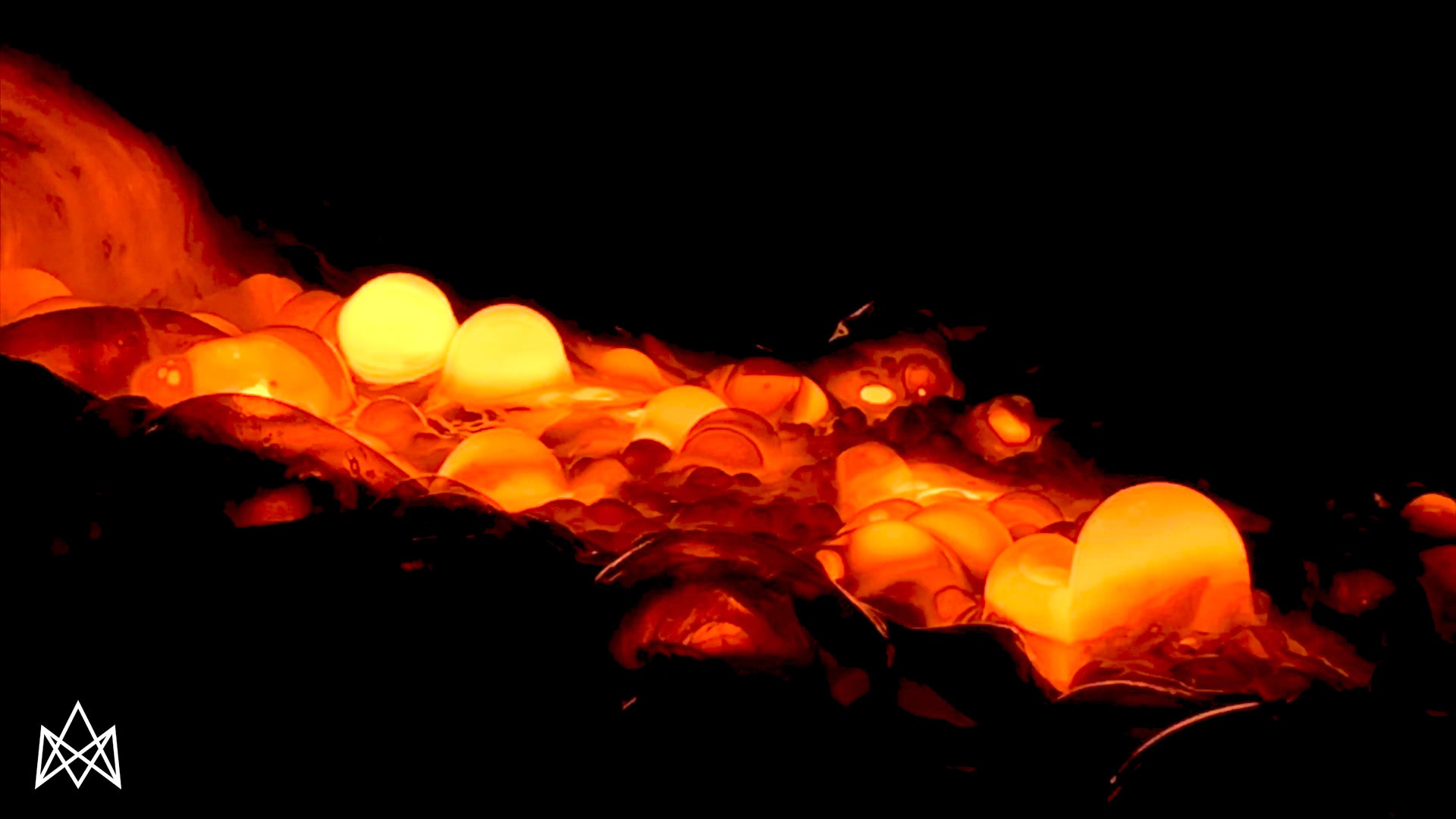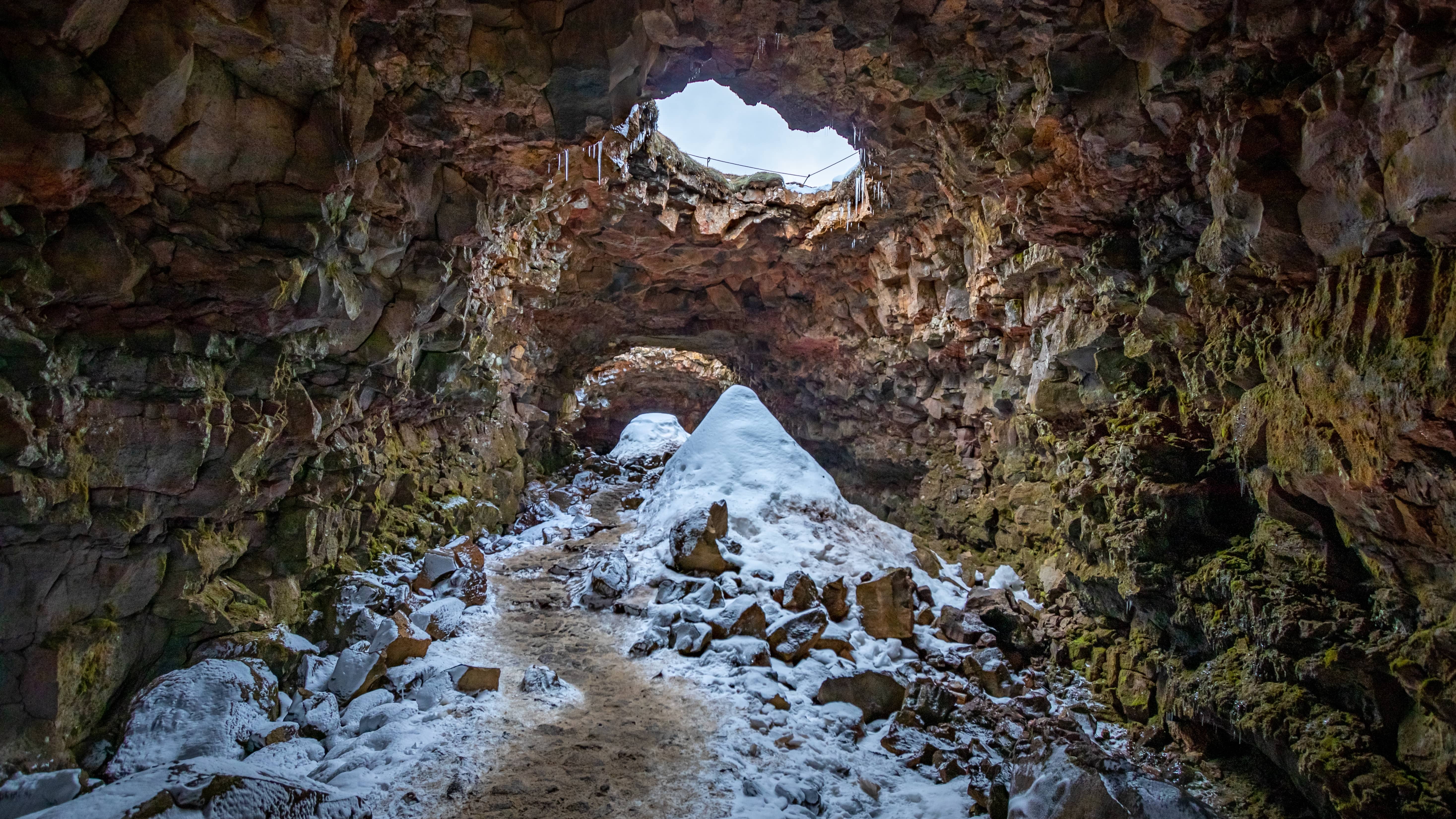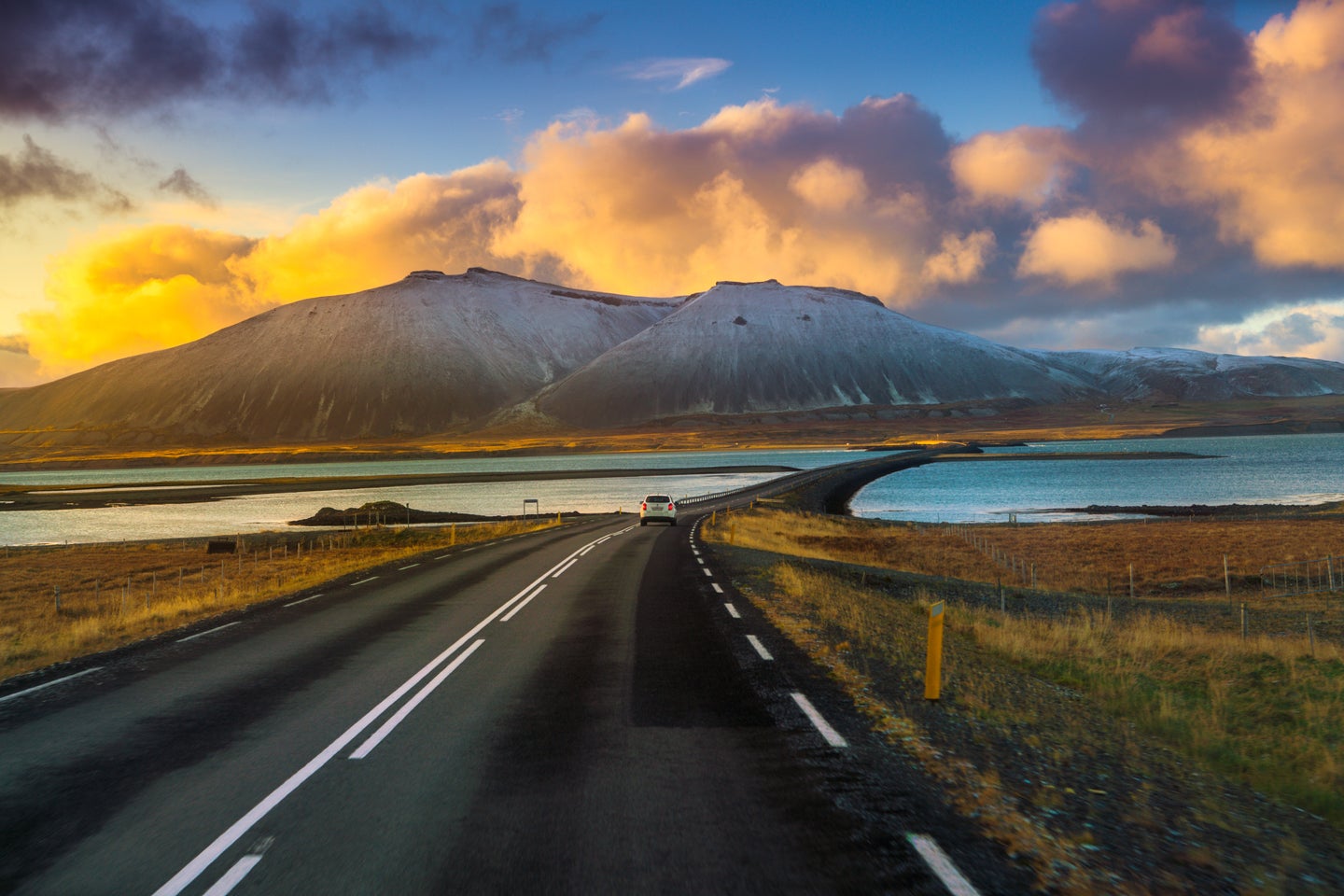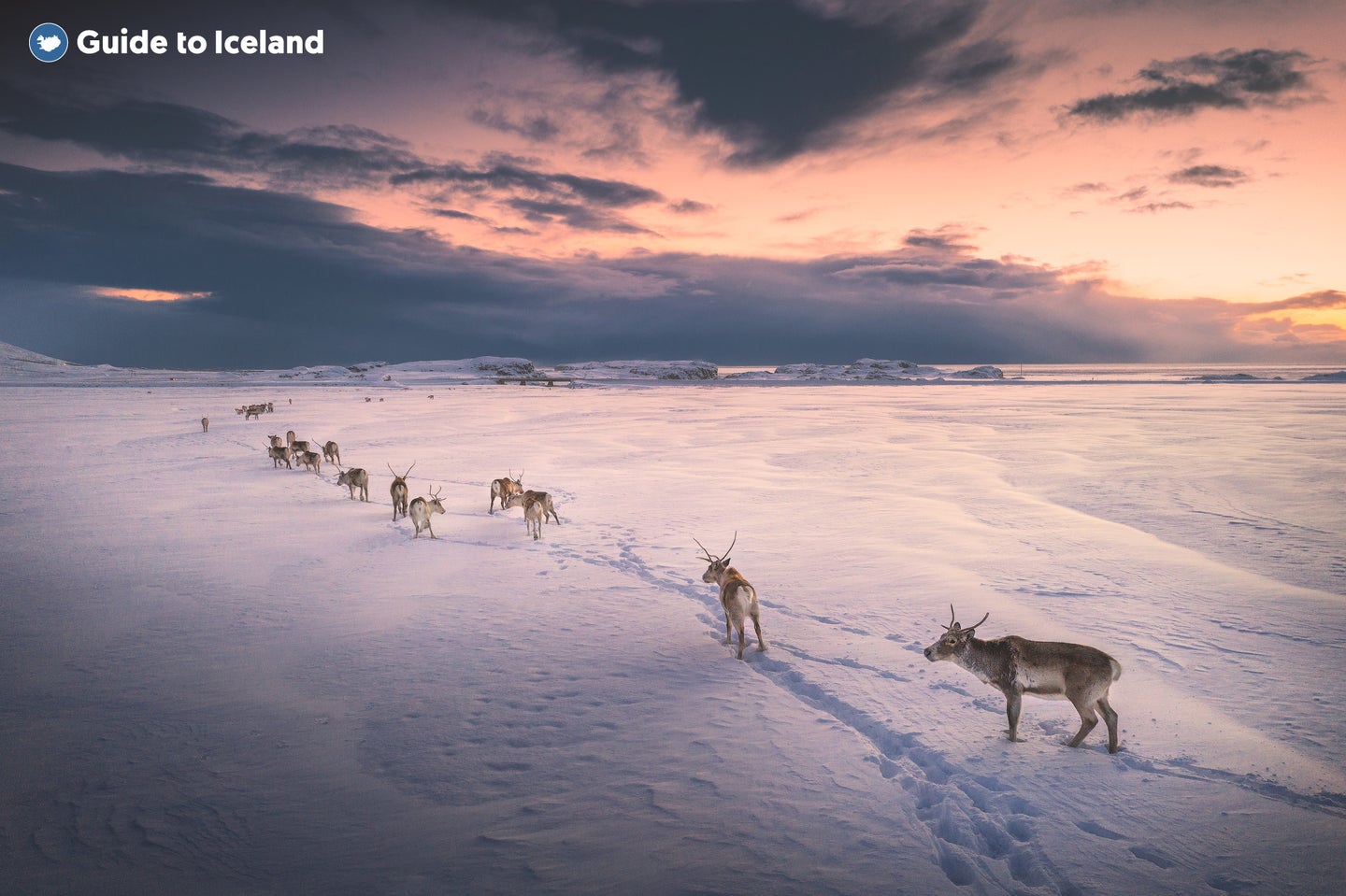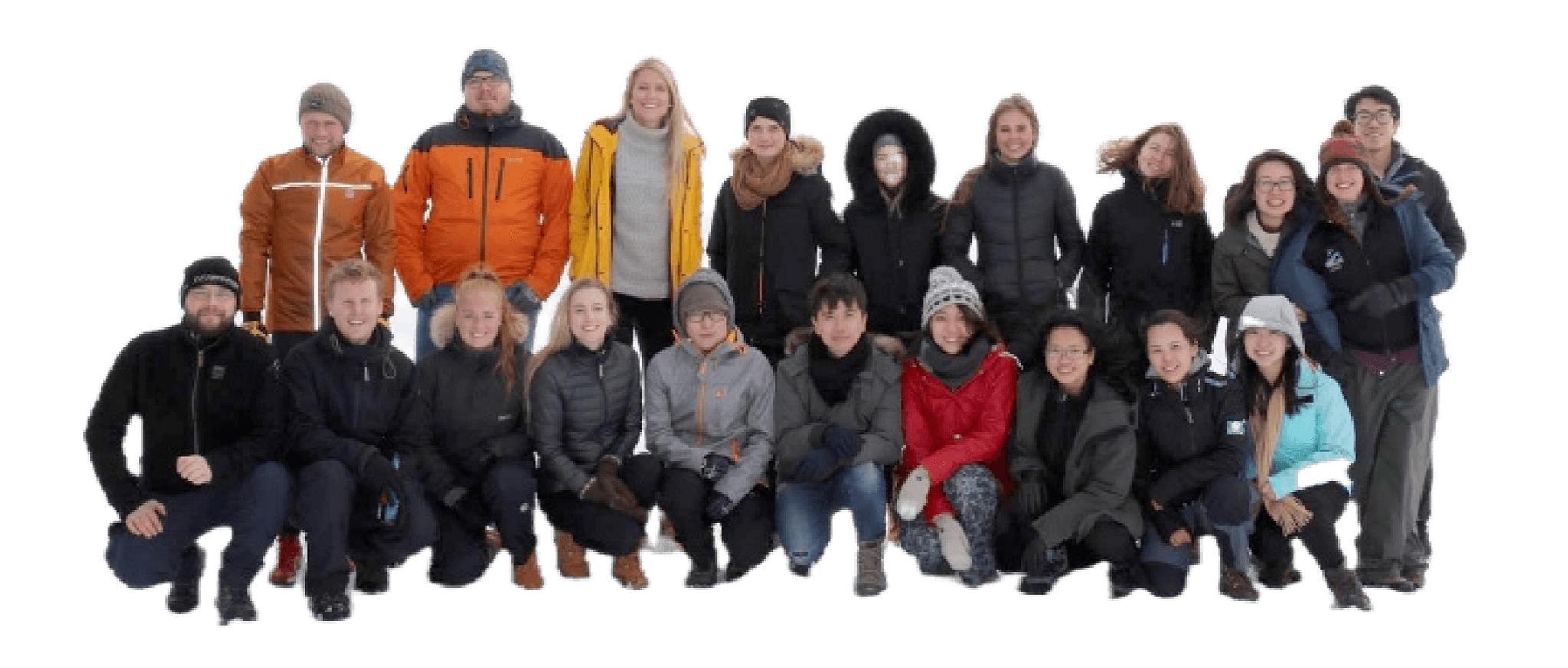Embarking on a volcano tour in Iceland takes you on an exciting journey into the heart of this land of fire and ice, where dramatic geological forces have sculpted the landscape for millennia. These tours offer the perfect blend of adventure, education, and natural beauty, giving travelers a unique opportunity to witness the raw power of volcanic activity.
As you set out on a volcano tour, you'll venture into Iceland's volcanic realms, rich in history and geological significance. These tours often feature expert guides who share their extensive knowledge, shedding light on the volcanic processes that have shaped Iceland's topography.
One of the remarkable aspects of volcano tours is the chance to witness volcanic features up close. Travelers may explore volcanic craters, lava fields, and even enter magma chambers of dormant or extinct volcanoes such as the Thrihnukagigur volcano in West Iceland.
On rare occasions, you can even witness an active eruption of volcanoes in Iceland from a close yet safe distance. Some of the most recent visitor-friendly ones occurred in the Litli-Hrutur and Fagradalsfjall volcanoes on the Reykjanes peninsula, with eruptions taking place in 2021, 2022, and 2023.
The most recent eruptions in the Sundhnukagigar crater row have only been visible with a helicopter tour, with dramatic fresh lava fields draping the landscape. However, as of July 2025, a hiking path has been established to see the site, and tours such as a volcano shuttle service are now available.
Beyond the natural wonders, volcano tours also emphasize safety and environmental conservation. Tour operators prioritize responsible exploration, ensuring these fragile and unique environments are preserved for future generations.
